-
Posts
2.332 -
Joined
-
Last visited
-
Days Won
60
Posts posted by Sundiata
-
-
13 minutes ago, fatherbushido said:
To be more accurate, it's not a default garrison, it's default arrows (excuse me for my english).
It's for example written in the tooltip of those structures (towers, fortress, cc, ...) and you can set up that in the BuildingAI entry of the related templates.
Yeah, i know about the default arrows. But there's a difference between an arrow and an actual archer shooting arrows. I used to play a game where you'd hire archers for the towers, and that would be their dedicated job. I just don't know if that's interesting for 0AD as well...
-
 1
1
-
-
1 hour ago, Nescio said:
Fortresses have a default garrison; even if there are no controllable units inside they're able to fire three arrows simultaneously.
Hmm, but the "default garrison" is an abstraction that isn't explicitly mentioned anywhere, is it? Really I'm not sure. I've noticed the default arrows but it doesn't add actual population does it? Maybe it should (like ships) to justify the territory root and replace the castle ghosts that are shooting those 3 arrows? What about towers? Too complex? Dunno...
-
 1
1
-
-
I think it makes sense to loose an ungarrisoned fortress to gaia when the CC is taken out. Especially seen as garrisoning even a single woman reverses the loss of control. But not being able to build in your own territory anymore, even when the fortress is garrisoned makes even less sense to me. So if that means it needs a territory root, I'm in favor.
-
@Nescio, I'm a little pre-occupied these days, but I'll keep you informed if that changes. Success!
-
 1
1
-
-
20 minutes ago, Gurken Khan said:
Among the aforementioned dropsites is the CC, which also serves as a hospital, maternity ward (clone lab?), barracks, stables, archery range, bunker, research facility... I don't think I wanna argue now on how comparable the CC is to a 'town hall' or 'community centre'. I just wish you many games full of happiness about your town building and gathering situation.

True... Thanks anyway
 20 minutes ago, Gurken Khan said:
20 minutes ago, Gurken Khan said:Yeah, well. So we don't have mines right now, only pick-axes and dropsites; if the community will be happy with the introduction of actual mines I guess I'll be fine with it.
I'm just a dreamer, don't mind me too much
 Though several other people have also expressed interest in mines, it all depends on a small handful of overworked volunteers. I don't mind waiting a few years if it's ever implemented, so you're probably fine. Enjoy your mine-less games and resource gathering abstractions while they're still here
Though several other people have also expressed interest in mines, it all depends on a small handful of overworked volunteers. I don't mind waiting a few years if it's ever implemented, so you're probably fine. Enjoy your mine-less games and resource gathering abstractions while they're still here 

-
 1
1
-
 1
1
-
-
27 minutes ago, Gurken Khan said:
Just put up an extra storehouse.

What's wrong with actual mines to mine? Apart from the insane art work that's involved of course...
27 minutes ago, Gurken Khan said:You know the island wasn't a mine right? The mines were undersea... The actual island featured:
Quote"...apartment blocks, a school, kindergarten, hospital, town hall, and a community centre. For entertainment, a clubhouse, cinema, communal bath, swimming pool, rooftop gardens, shops, and a pachinko parlour were built for the miners and their families."
As you can see, "town hall" and the "community centre" are completely distinct from the under water mines... The town hall and centre are the centre of a mining community with homes, infrastructure and amenities for the mining families...
-
 1
1
-
-
1 hour ago, Gurken Khan said:
I don't wanna argue now over those ~few thousands of years.

lol...
1 hour ago, Gurken Khan said: But the starting CC and the initial nine units are actually the beginning of our civ in the game...
Sure, but they are already fully established cultures... It's not like they start in the stone-age...
1 hour ago, Gurken Khan said:Ofc I wasn't 100% serious. But I did read suggestions for provisions and ammo. Isn't collecting some rocks for slingers also trivial?
Not my suggestions. I'm not in support of provisions and ammo. Collecting rocks for slingers is indeed trivial i.m.o
1 hour ago, Gurken Khan said:I think my settings are fine for most maps, while adjusting the size of certain maps doesn't really go together with 'random'.

That's a weird remark? Some maps are very open and flat. Some maps feel more constricted because of big forests, lots of cliffs/mountains/rivers and other features. Some maps are naval maps. There's even that map with rising water levels... Jebel Barkal sandwiches you between the Nile and a murderous AI, and that has turned out to be a very interesting illustration of how strongly maps can differ from each other, keeping things spicy... I really appreciate the variety in maps, and hope these developments continue. Adjusting the size of a map is a feature that's there so you can adjust the size of a map to your personal liking... How is that a problem?
1 hour ago, Gurken Khan said:Hm. I think this pretty much comes down to your preferences, especially wanting to change how mines work. For me, control of the deposits is already important, and my whole 'game plan' might center around making sure I have enough minerals (metal, mainly).
It's definitely about personal preferences, but I often think expanding for resources, especially in team games, often isn't worth it. I'm not much of a competitive player, but in my experience it's easy for the enemy to overstretch themselves, for short term gains.
1 hour ago, Gurken Khan said:As for your last sentence, I believe there are plenty of historic examples for settlements starting, thriving and dying depending on the available mining.
You can't equate a Civic Centre to a mine. They're two completely different structures with wildly different functions. A CC functioning as a mining camp is not an abstraction I can get down with. A town dependent on mining doesn't make it's town centre a mine.
-
 1
1
-
-
44 minutes ago, Gurken Khan said:
Maybe 'at the dawn of civilization' (which the beginning of p1 could represent) horsemen weren't that decadent/social roles were not that differentiated and everyone just pitched in what they could?
Not really, and neither is this the dawn of civilization... Although the abstraction of hunting horsemen doesn't really bother me too much. It's not like they never hunted... Generally speaking there would just have been other less noble foot companions. Also, for most urbanized civs, I doubt that hunting was even that important to begin with, in terms of supplying the community with protein. None of the cultures represented in the game were hunter gatherers... Again, the abstraction doesn't really bother me too much though.
44 minutes ago, Gurken Khan said:Whenever I read 'realism' in this forum, I wonder when I will have to take care of what goes into my units (water?), and what comes out of them (latrines!). Oh, and those sore feet! And the STDs. And all the invalids turned beggars...

There's different ways of depicting realism... You have to keep in mind who's perspective you're playing the game from, because it's more from the perspective of a monarch than it is from the perspective of a person digging latrines or treating STD's... It's kind of a straw man to compare people wanting a little more depth with adding utterly trivial stuff like latrines and sore feet.
44 minutes ago, Gurken Khan said:There's already some maps (that are supposed to be 'interesting' I guess, with uneven terrain like Hellas or Lower Nubia ...), where building already is a real pain; with bigger farms I'd probably just stop playing those.
But you can change the map size of random maps? The problem with Lower Nubia isn't it's size but some passibility issues. Hellas is gorgeous, but yes, there could be more space between cliffs and the likes. I also think clumps of forest in maps in general are placed around too randomly. I think there should be large forested areas and large open spaces distributed evenly, so that the edges and the centre of the map would be more forested and the areas were the beginning CC's spawn be less forested, for example. Or a streak of forests down the centre of the map, like in the Nile Valley or Middle Eastern maps with a river or two running the length of an otherwise parched map.
44 minutes ago, Gurken Khan said:And I'm fine with some starting minerals. After all, I imagine my peeps had a reason to build their CC where they did; though historically I believe the main thing would've been (fresh) water...
I'm not against some starting resources. I just think starting alluvial deposits should deplete quicker, and much larger (nearly undepleteable) shaft mines should be placed in mountainous or rocky areas away from the starting CC's. This provides an actual incentive to fight over something. Control over the mines would become really important. Whatever the case, those stone and metal mines in front of the CC (even the trees) can be pretty annoying. They mess up your first building placements, and for neurotic town planners this is horrible. My non-existant OCD kicks in when I can't put important structures exactly where I want them before waiting 20 min for the mines to deplete. Just move them to the edge of the terrain... dropsites really aren't that expensive... A Civic Centre shouldn't be the centre of mining activities anyway.
-
 1
1
-
-
1 hour ago, Alexandermb said:
That makes me think the most terribly military strategy: Go enemy base with archers, kill the animals, defend the corpses so they don't gather them, Run.
Exactly... Depriving your enemy of huntable animals would be a pretty cool raiding strategy... If defensive gameplay can become a little more fleshed out, we can have more realistically strong walls and relatively weaker gates, focussing the attacks on vulnerable spots, defending would become easier. But turtling throughout a game is lame and unrealistic, and when the defenders venture outside of their walls to hunt, but can't find anything, that's a point to the attacker. That's also why I would like to see farms become bigger, so that they are much more difficult to wall off with houses, and are forced to the outer edges of your settlement. Even outside of your walls, because it wouldn't be economically feasible to build a wall around such large fields. If destruction by fire becomes a thing, then burning down enemy fields would become a glorious sight. For the same reasons the main deposits of stone and metal shouldn't be close to the starting CC. Significantly larger deposits of mineable resources should be located at such a distance that large scale mining requires players to venture out of their base. With stronger walls, short term defense of vital structures around your main CC and your units is possible, but with the burning of fields, killing of all huntable animals and no access to larger deposits of ores, they would eventually "starve" to death, and attacking a walled enemy would start feeling more like a siege than a mad rampage.
-
 1
1
-
-
My main question is, why chickens? They're so small and easy to overlook, especially by new players. They were already widespread during our timeframe, but I think the starting animals should really be goat, sheep or pig, depending on the civ. Then later you can research cattle tech at coral and start training cattle as well. I think chickens were kept mainly for their eggs and cockfighting... Of course they were also eaten, but so were ducks and geese (the latter probably being more common).
As av93 said, division of labour is primarily defined by culture. I think women in most culture engaged in most economic activities except hunting, construction and things like blacksmithing, but even that varies per culture.
-
 1
1
-
-
3 hours ago, Lopess said:
Very good ! I think maybe just a little louder and nothing more.
Yeah, I wanted to keep the proportions of the building itself close to real life, but seeing it in game make me think that I should scale the upper part on the z-axis. I should also still add some decorative pattern to the exterior doorways or something..
-
 4
4
-
-
34 minutes ago, Glestul said:
Do not get discouraged posting your ideas if this scoffers mock you. I have misspelled peasant for pheasant and instantly i get mocked.
I was honestly just having a bit of a laugh, I didn't mean to offend or belittle you. Everybody makes spelling mistakes, myself included.
I just thought the idea of a hoplite trashing a pheasant was funny, that's all.
-
 2
2
-
-
3 hours ago, coworotel said:
I am Brazilian, so, Portuguese.
One thing I love about this community is how international it is. Looking at the download stats a sourceforge (only a cross section) shows that the game is being downloaded in almost every country of the world
 . Downloaded in literally 96% of the world's countries!!! If there could ever be a way to compile download statistics on all downloads, I wouldn't be surprised if that percentage would jump to 100%... It's even popular in North Korea!
3 hours ago, coworotel said:
. Downloaded in literally 96% of the world's countries!!! If there could ever be a way to compile download statistics on all downloads, I wouldn't be surprised if that percentage would jump to 100%... It's even popular in North Korea!
3 hours ago, coworotel said:That is pretty cool. I hope in the future I can help to do the same with some other peoples, maybe the Tupis.
Interesting... Reminds me of the recent discoveries of an "ancient Amazon civilization". https://news.nationalgeographic.com/2018/03/amazon-jungle-ancient-population-satellite-computer-model/
3 hours ago, coworotel said:What is also cool is that they seem to have some pretty ancient stuff. If I remember the Kerma period was something before 500 b.C.? So it could be a faction in Aristeia maybe?

Yeah, the first Kingdom of Kush, often referred to as the Kingdom of Kerma (after the modern village where the remains of the ancient capital were found), is incredibly ancient. Kerma originally evolved out of Pre-Kerma (3500 BC), fusing with C-Group culture around 2500 BC. C-Group culture is in turn related to the earlier A-Group culture (3800 BC), the original sedentary inhabitants of Lower Nubia (North Sudan/South Egypt). A-Group culture pre-dates Dynastic Egypt, and was contemporaneous with the Pre-Dynastic Naqada Culture. A-Group Culture influenced developments in Pre-Dynastic Egypt even establishing some of the shared Egyptian-Nubian royal iconography before Egypt was even a thing. A-Group was destroyed by the First Dynasty, probably forcing much of the population into the Western Deserts (still pastoral lands in those times). With the ever faster drying deserts centuries later, a new group from these Western Deserts invaded Lower Nubia, expelling the Old Kingdom presence, and mixed with the population of Upper Nubia. These new people are known as C-Group culture, and because of their similarity are often believed to be a re-emergence of A-Group. (B-Group Culture turned out to be simply a marginalized and impoverished remnant of A-Group in Lower Nubia). The fusion of C-Group and Pre-Kerma illustrates a strong mixing of Nilo-Saharan speaking people and Afro-Asiatic speaking people from the earliest periods in Kushite history (it explains the confusion around classifying the Meroitic language, which turned out to have evolved from Proto-Nilo-Saharan with ancient Afro-Asiatic loanwords and which also explains the two distinct skin-tones in Egyptian frescoes representing them, jet-black and reddish brown).
The first Kingdom of Kush flourished as a highly centralized state from about 2500 BC. They were far more advanced than they are often given credit for. Kerma grew into the first city of Sub-Saharan Africa, and consolidated and expanded their rule. So much so that the Egyptians militarily occupied Lower Nubia and built a string of some of the largest fortifications ever built in their time, in an effort to counter the growing threat from the South. It didn't help much, because the Middle Kingdom was eventually destroyed by Kerma period Kushites raiding as far as Thebes, in what seems to be a coordinated attack with the Hyksos who occupied Lower Egypt. The re-emergant New Kingdom struck back with a vengeance, first under Ahmose I and Amenhotep I who reconquered Lower Nubia, and then under Tuthmosis I who conquered and completely destroyed the city of Kerma in Upper Nubia in c. 1505 BC. That's when Kush starts being incorporated into Egypt, first as rebellious colonial province, then as an integrated part of the Egyptian Empire.
The actual name of the "Kerma Kingdom" was recorded as "Kush", by the Egyptians as early as the Middle Kingdom, and the name Kush continued to be used throughout the Egyptian occupation, during the Nubian Dark Ages, and during the Napatan and Meroitic periods. Only after the collapse of Meroitic Kush does the term "Nubia" appear, which is why I never use it in a political/cultural/ethnic sense (only geographical). Although the terms "Nubia", and the "Nubians" are widely used terms for all periods of Sudanese history, the term confuses modern with ancient, and divorces the Kushites from their politcal and historical context. One of the reasons why the history is so obscured. The terminologies are all over the place.
So yes, long story short, they would be great for Aristeia
 Spoiler
SpoilerThis is around the time that Stonehenge was completed, for some historical context. Early Kerma was contemporaneous with the Akkadian Empire...
Those beds are identical to some of the beds shown in Egyptian frescoes depicting Kushite tribute. Quite incredibly, the same type of beds are still used for marriage and burial ceremonies in Sudan today!
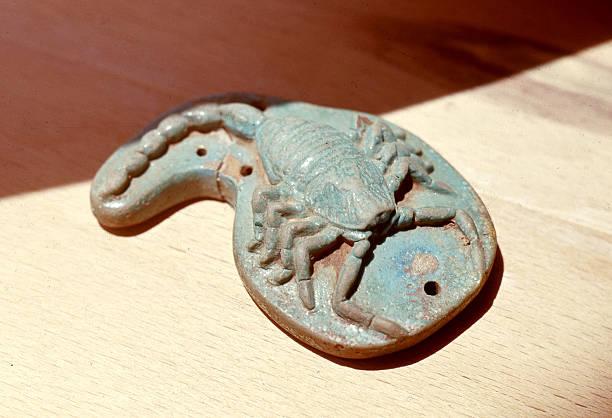
At first I didn't even believe this scorpion was from Kerma... But it checks out! They developed a very strong faience industry in the earliest periods of their history, which probably why faience remained so popular throughout the 3000 years of Kushite history.
-
 2
2
-
-
Queen Katimala, the first ruling Queen of Kush
Queen Shanakdakheto is often cited as the first ruling queen of Kush. There are no ruling queens known from the Napatan period, and Shanakdakheto was indeed the first attested ruling queen of the Meroitic period. But in the long history of Kush, there was one before her, not often cited.
Queen Katimala (sometimes Karimala), a Lower Nubian ruler, post-dates the collapse of the New Kingdom, but predates the establishment of the Napatan Dynasty. She is known from a single long inscription on the temple of Semna in Lower Nubia, on a repurposed wall previously used for other inscriptions. The Queen dates from a period known as the Nubian Dark Ages, a period mired in obscurity because of the lack of royal inscriptions and monumental architecture in this period. She doesn't seem to be Egyptian, her name having a close parallel in the Meroitic "Kdi-mel(ye)", but her relation to the later Napatan rulers is unclear as well. So is the extent of her rule, although we know that she ruled over at least 30 chiefs.
From the text, she seems to be an embattled queen, referring to the Egyptian rulers to her north at Avaris as "Asiatics" and referring to the Kushite rulers to her south as "Nehesi". Her kingdom was facing recurring troubles described as chieftains who robbed gold and silver (perhaps desert nomads or rebellious chiefs). The King who ruled before her, and may have been her husband, was defeated in some conflict, and became unfit as a ruler ("stripped of his strength"), upon which Katimala assumed the throne and led a succesfull campaign against an enemy known as Makaresh. The inscription is basically a brutal rebuke of the (cowardly) rulers that preceded her, and a vindication of her own rule, based on her effectiveness in dealing with the threat facing her state, and of course, by the power of the almighty Amun.
She was clearly a fierce woman! Quoting a random snippet from this 3000 year old inscription:
"Aggression is bravery, retreat is wretchedness!"
Read the entire inscription (in it's original form as well as the translation), accompanied by a lengthy discussion here:
The Inscription of Queen Katimala at Semna: Textual Evidence for the Origins of the Napatan State (Yale Egyptological Studies) The_Inscription_of_Queen_Katimala_at_Sem.pdf
-
 1
1
-
-
@Samulis, very excellent! Thank you!
The subject of cultural entanglement in Lower Nubia is a really interesting subject that's important to understanding the absorption of Kushite people, as well as aspects of their culture into Egypt as well as the Egyptian character of the later Kushite periods.
That guy is more humble than he seems. His work is quite impressive! I referenced a bunch of his stuff here and there in this thread before... Really good stuff... I was unaware that the dates for an iron industry at Meroë had been pushed back so early (perhaps even 25th Dynasty), which is crazy and further emphasized the potential importance of Kush in understanding the spread of iron working cultures in Sub-Saharan Africa.
That Mycenaean flask is crazy! It really illustrates the international character of Antiquity. The fact that it wasn't even a unique find says a lot. Such an early date...
I've never seen anything like this piece before!
Wow, this is awesomely unique! Kushites loved frogs... And Bes... It looks so fresh... Almost kitschy

By the way, he doesn't really mention it clearly, but his findings at Tombos are mirrored in other sites like Kawa and Sedeinga, which all record influxes of Egyptians during the New Kingdom, who intermarried with Kushites, and this resulting Egyptian-Kushite population of Lower Nubia maintained a stable culture and population throughout the so-called Nubian Dark Ages, after which they were absorbed by the Napatan Kings, who simply maintained the local traditions. There's a crazy level of cultural continuity in Lower Nubia. It's almost like the New Kingdom never really ended there. But they were also really adaptive and unafraid to mix things up, in a sometimes almost comical way.
-
1 hour ago, coworotel said:
It was indeed. I was surprised by the level of sophistication of the Kushite culture. Very detailed work in gold, and they even had some board game - called "senet" - that looks like chess (one of the pictures above).
Indeed, I was also very surprised by their level of sophistication when I started researching them in depth. The longevity of their culture and adaptability to the ever changing world around them is also remarkable. I've never seen the relief of the senet player before... Marvelous! It's one of the oldest known boardgames and was very popular in Egypt as well since the Old Kingdom.
1 hour ago, coworotel said:I'm not haha. I'm just visiting the country for some time, my understanding of Dutch is extremely basic.
Ah... Then what languages do you speak?
1 hour ago, coworotel said:Just by curiosity, are you a historian? You seem to have an extensive knowledge of their history.
I'm a proud armchair historian
 , nothing professional...
, nothing professional...
I've been reading history since I can read, starting with those cool illustrated history books for kids, about Romans and Greeks, Ancient Egyptians and Assyrians and so on. When I was a little older I got bored with the kiddy stuff and started reading much more serious stuff, especially Egyptian history and when I went to high school I studied Latin and Greek for a few years. I switched to science later on, but I always continued reading history. Most of all, I'm a generalist (if it's pre-industrial, I like it), but I love everything about Antiquity and pre-colonial African history in particular. The Kingdom of Kush offered this beautiful intersection between the two... When I realized the added value they could bring to 0AD, I decided to go hard, and started researching them from scratch, and started realizing how little I really knew about them. Studying them blew my mind more than a few times. I also realized how few people really knew anything about them, and I started feeling a lot of responsibility to tell their story, and illustrate it, so that people can actually visualize them properly. These people built great monuments to stand the test of time and left long inscriptions to immortalize their names in our memories, and remember them we shall

Egyptologists far outnumber Nubiologists and often, their usual discourse on "the Nubians" is really distasteful and even arrogant. Many of them disregard their history based on their own lack of knowledge on the subject. It's almost as if they feel uncomfortable with the idea of Kushites dominating Egypt (more than once). The 25th Dynasty is even omitted from the list of Dynasties on the facade of the Egyptian Museum in Cairo... For generations, the story of Kush has been told through the eyes of the Ancient Egyptians and the propagandistic early New Kingdom inscriptions dating to the time of the Egyptian conquest in particular. Today there is actually a large community of international historians, archaeologists and other academics specializing specifically in Kushite history of the Kerma, Napatan and Meroitic periods, those 2500 years of independent Kushite rule that are hardly mentioned anywhere today. But these are hardcore academics, and although they are doing amazing work in their respective fields, they are very poor at getting their research out to the general public, and amazing finds can languish in storage or libraries for years before anybody really looks at them. Another problem with the professional academics is that they often tunnel vision on their particular speciality, sometimes being somewhat unaware of developments in other fields, and therefore unable to understand the true significance of some of their own finds and how they tie into the bigger picture... But things are changing rapidly, and that exhibition you went to is a very beautiful illustration of this.
Also, being a generalist myself has allowed me to do a "full survey" of their history, identify some of the world's foremost researchers and research institutions specializing in the subject, combined with my tenacity at digging up primary sources from the many archives from all around the world has allowed me to base myself primarily on these primary sources (texts from local inscriptions, images from reliefs, architecture from archaeological remains and the large myriad of artefacts from their graves and other sites), so I could confidently tell the story of Kush through the eyes of the Kushites themselves! I'm honestly still in shock about how much there really is. And I can tell you that we are still just scratching the surface here! There are entire cities that have not yet been properly excavated! Entire regions that have barely even been surveyed... Even Meroë and Napata themselves lie mostly unexcavated (literally less than a quarter in both cases).
I still have several posts worth of references myself that touch on some of the discriptions and artefacts in the exhibit you visited.
3 hours ago, coworotel said:My motivation with these pictures was to provide some extra material for the game, I remembered your posts when planning the Kushites and thought that maybe the museum stuff might not be easily accessible (not sure). Some useful examples that I think could be easily applied to some units/buildings: the ceiling picture (with the blue flowers), the blue lion, the archer quiver. The small amulets could be props for soldiers/civilians and the shabtis for buildings (maybe). But I'm not a specialist so correct me if I'm wrong.

Thanks again! The ceiling with the blue faience flowers and the wall with the faience lion for example is quite interesting because of their age. It belongs to the Kerma period and is one of those many things that illustrate that what we consider "Egyptian" is actually part of a larger Nile Valley culture, that developed simultaneously in Egypt and Kush, prior to the Egyptian conquest of Kush. Kushites weren't just copying Egyptians, they were actively influencing the development of Egypt itself, as Egypt was influencing the development of Kush. Truly symbiotic...
That archery quiver is actually in game, check out the Kushite champion archers

-
 1
1
-
-
2 hours ago, coworotel said:
I recently visited the Drents Museum in the Netherlands, they have an exposition called "Nubia: Land of the Black Pharaos", and decided to take pictures of some of the artifacts with their descriptions (unfortunately in Dutch), and the history texts (in English). I also recorded some music they played in the introduction video (which I guess is some generic Egyptian music). Not sure if this is useful for the community, but just in case... And it was pretty cool to see some of the references of the game in such exposition, like "Gebel Barkal".
Coworotel, that was excellent! Thank you very much!! Seems to have been quite an interesting exhibition...
I read all the descriptions and they were of an excellent quality, only very minor mistakes, but I liked it. Whoever wrote it did their homework

Also, I didn't realize you were a Dutch-speaker (or did I forget?)
SpoilerAbout all the shabti's, it's interesting... They put record breaking numbers of them in their tombs (thousands). Far more than the Egyptians ever used.
New Kingdom Egypt didn't really "withdraw" from Kush, but lost control over it during the rule of Ramesses XI (11th century BC), beginning as early as the actions of Pinehesy, a former Viceroy of Kush, and his war against the high priest of Amun in Thebes. He took Thebes for a short while but was eventually chased from Thebes. He continued to rule independently from Kush. The new Egyptian high priest of Amun (Piankh) led a military expedition South, but the exact, purpose and outcome of this expedition is not clear. What is clear is that Egypt never again ruled Kush. It seems straightforward to me that the secession of Kush (half of the New Kingdom) even prior to Ramesses XI's death, dealt a lethal blow to the New Kingdom, and the political intrigues of the Theban Priesthood put the final nail in the coffin of Egypt itself as a unified country.
Also, although the exact circumstances of the end of Meroitic Kush aren't known in detail, we do know what happened in general terms.. It's not completely "shrouded in mystery". First they were gradually overrun by the Noba (Nubian speakers), and then The Aksumite King Ezana bragged in his victory stele about destroying the Kushites and the Noba in the 330's AD. Aksumite inscriptions dating to this time have even been found in Meroë itself. As well as a temporary Aksumite throne. Also, consider the fact that Meroë was actually utterly destroyed at this time. (post-)Meroitic culture sputtered on for another century or so at places like El Hobagi, but they were clearly impoverished, and may have even been Aksumite vassals for a while. What was left of their power was quickly absorbed by, Nobatia, the Blemmye, Makuria and Alodia, who all inherited aspects of the Meroitic state. By the 6th century Sudan started Christianizing and what was left of the pharaonic traditions gradually disappeared.
-
 2
2
-
-
3 hours ago, Glestul said:
champs should defeat peasants with ease
The Pheasant Wars shall not be forgotten! History shall not be rewritten!
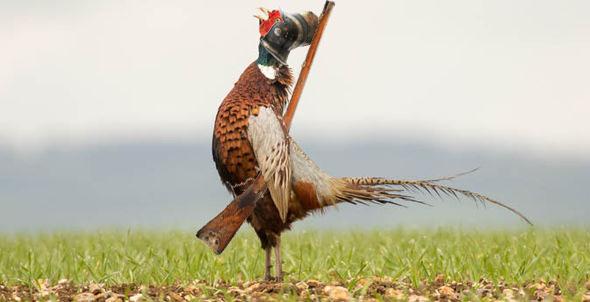 1 hour ago, Glestul said:
1 hour ago, Glestul said:Can you please Create 3 new units i desire, a black bear, a sabertooth lion and a Wooly mammoth.
I'm sorry, I cannot... But if you want more pictures of pheasants I'm your guy!
-
 1
1
-
 3
3
-
-
-
1 hour ago, Genava55 said:
From my point of view, it is not very important, I have the feeling that most of the people won't notice a change on this aspect.
In my opinion, the more detail the better. I can assure you that there are plenty of people who notice and revel in the details of this game. I'm one of them. The more detail an artist is willing to put into it, the better, as long as it doesn't cause too much extra lag. But computers and processors are evolving by leaps and bounds and Pyrogenesis is an ever evolving project. Some of the older models are starting to look outdated, so it's better to always strive for the highest level of detail that's currently feasible, which will help the longevity of the models, as well as the game itself.
-
 2
2
-
-
2 hours ago, Diatryma said:
check this.
"Palmyran Legionaries" 3rd century AD.
-
25 minutes ago, stanislas69 said:
Yeah, or a ram like the roman trireme.
I don't think they used ramming techniques in naval combat on the Nile. It was focused on missile tactics and trying to board enemy vessels.
A litteral ram's head (the animal) could actually decorate the tip of the prow. A golden ram with the curved horns. I would urge to only do this for the largest (royal) vessel.
Spoiler-
 1
1
-
-
2 hours ago, stanislas69 said:
@Sundiata shouldn't the Kush ships have some sort of ornaments in the front and the back ?
Do you mean like the painted patterns on the front and back of the hull, like I did for the small warship? Like the Eye of Horus? That would indeed be cool...
-
11 minutes ago, odalman said:
I find this interesting and imagine that it is what I remember from Settlers 3 (there are videos online for the young people). It worked with a lot of units on a Pentium II 400 MHz. Units would automatically step aside if another unit was coming too close (quite realistic). Hope to see this in 0 A.D.
Could go up to more than a thousand units (even several thousand I believe)... Not bad for 1998...

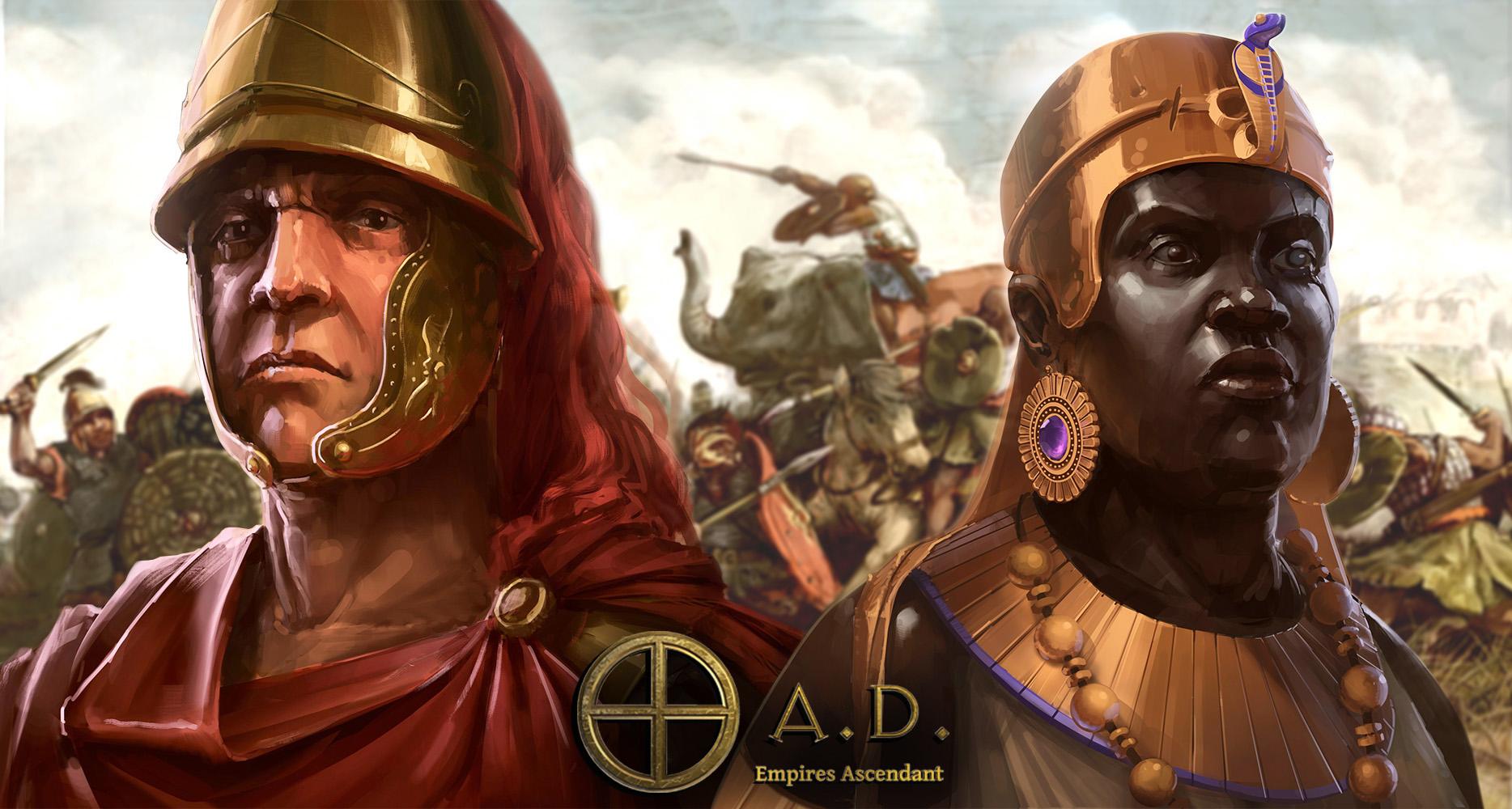

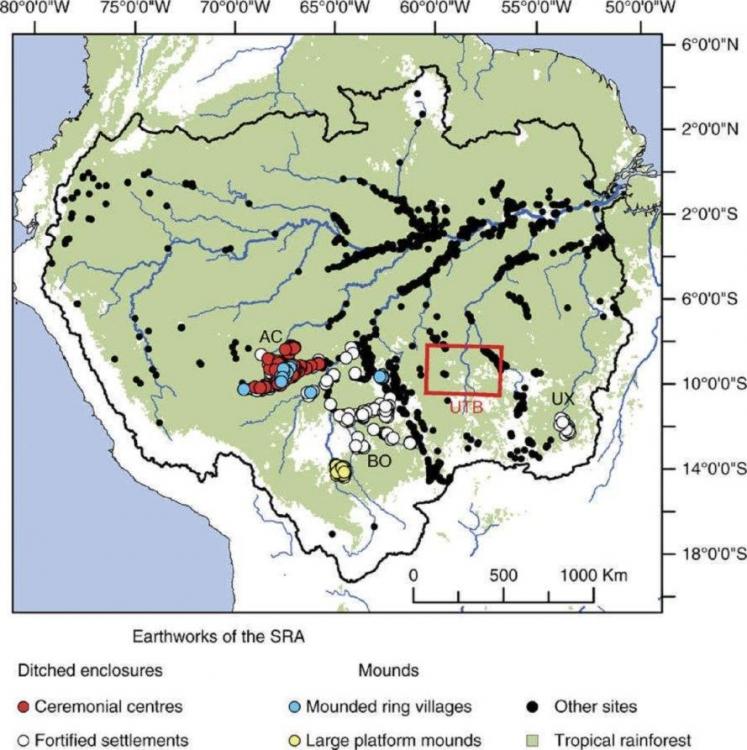
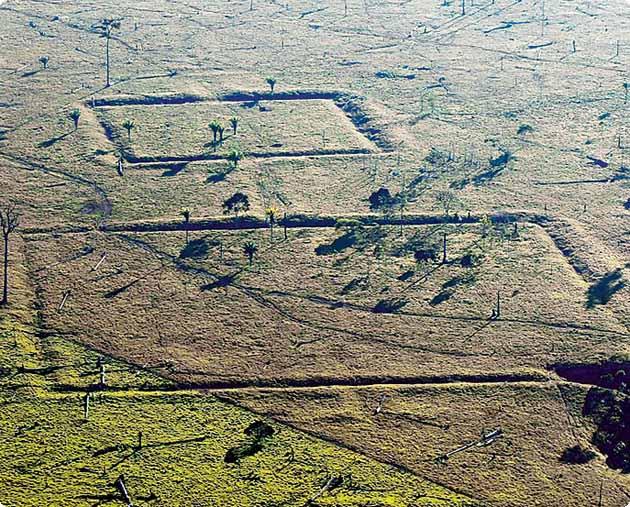
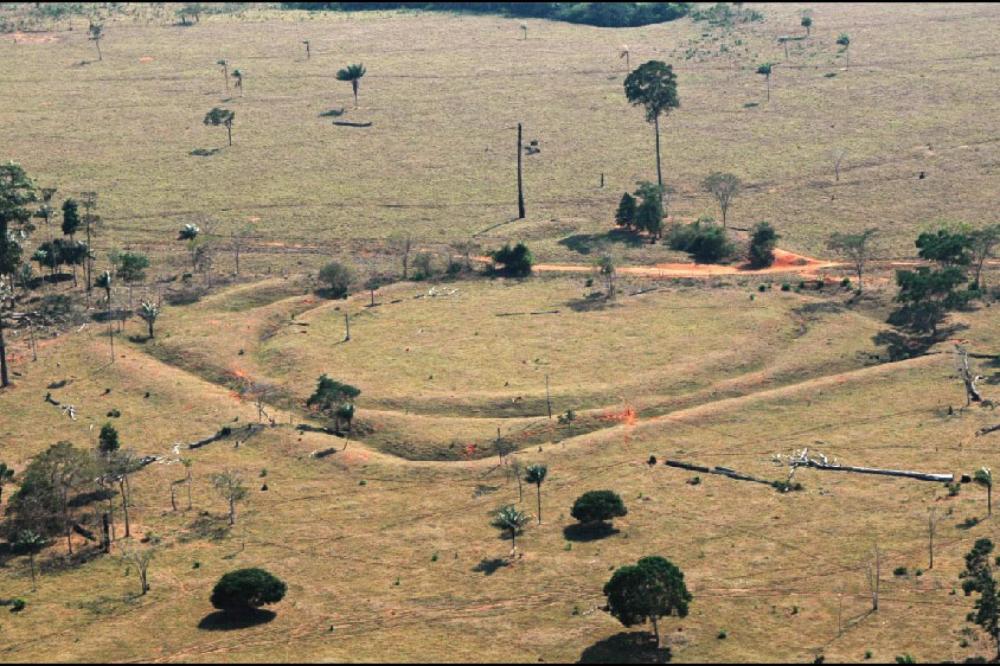
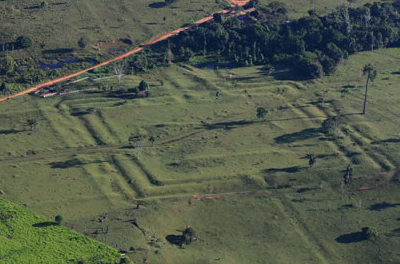
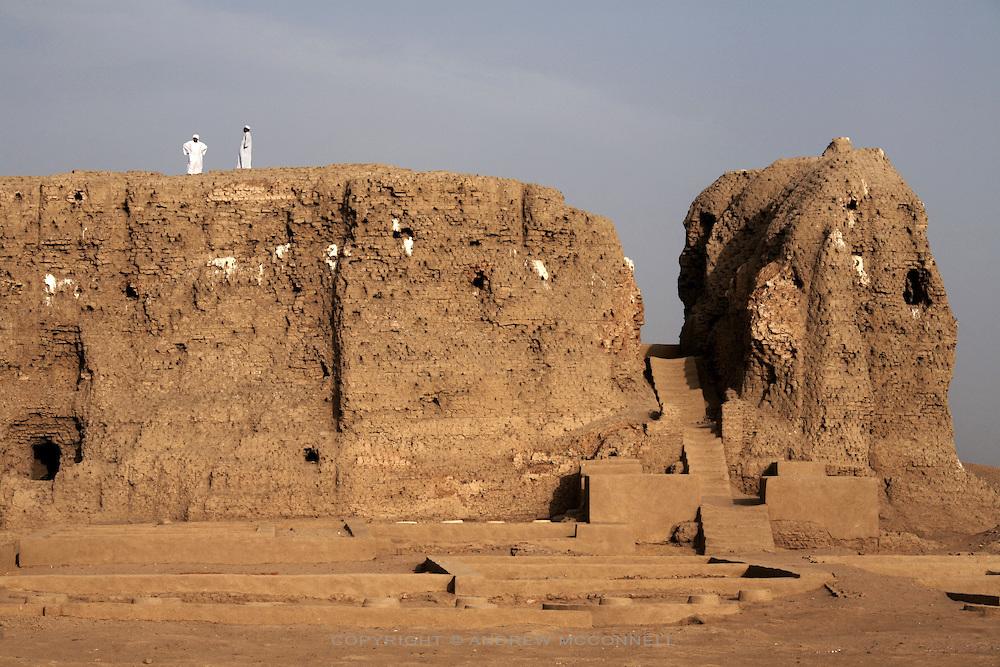
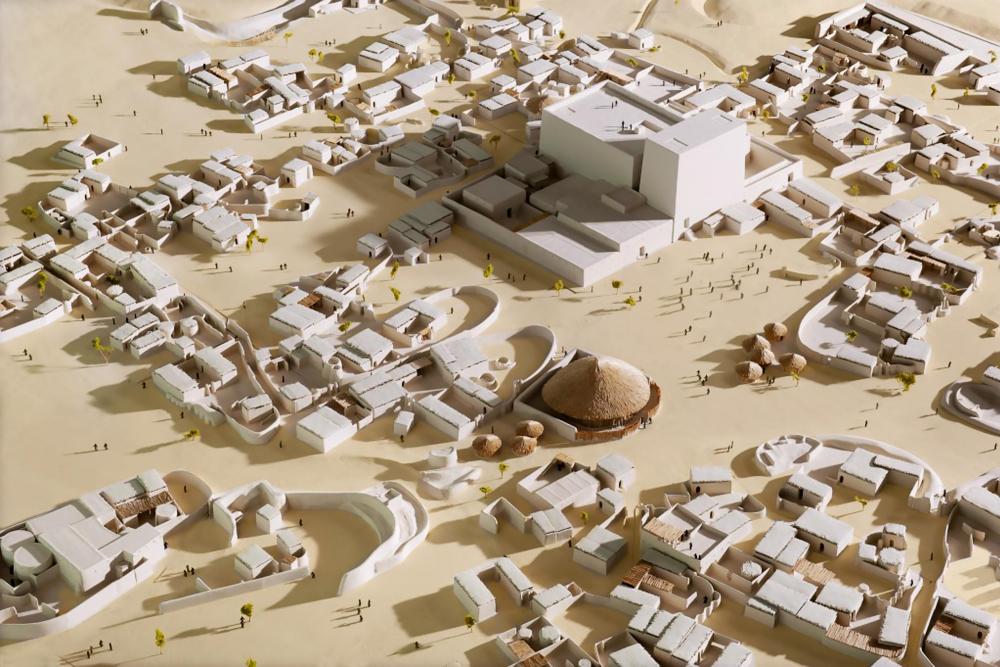
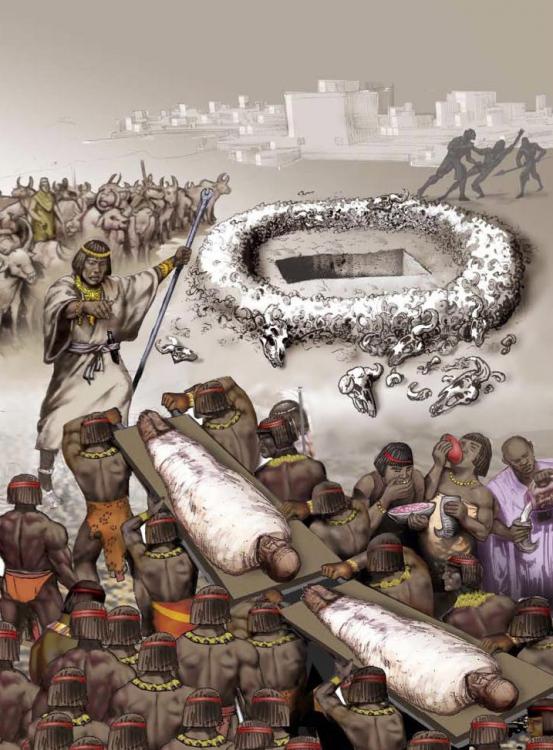
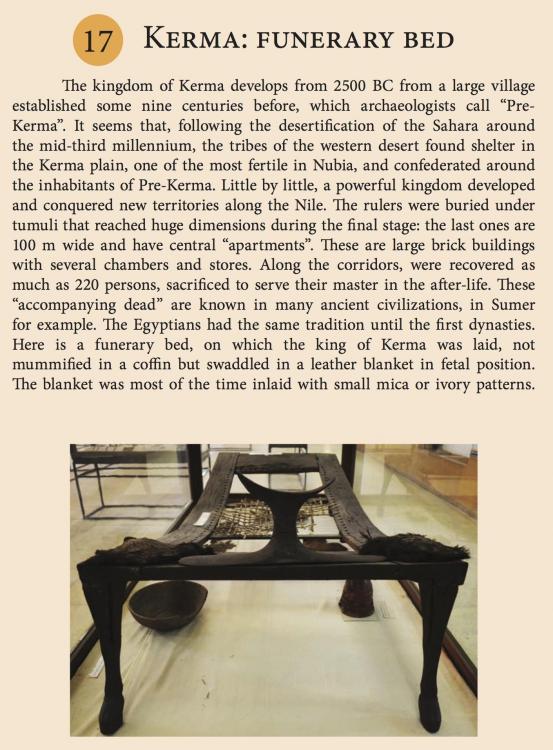
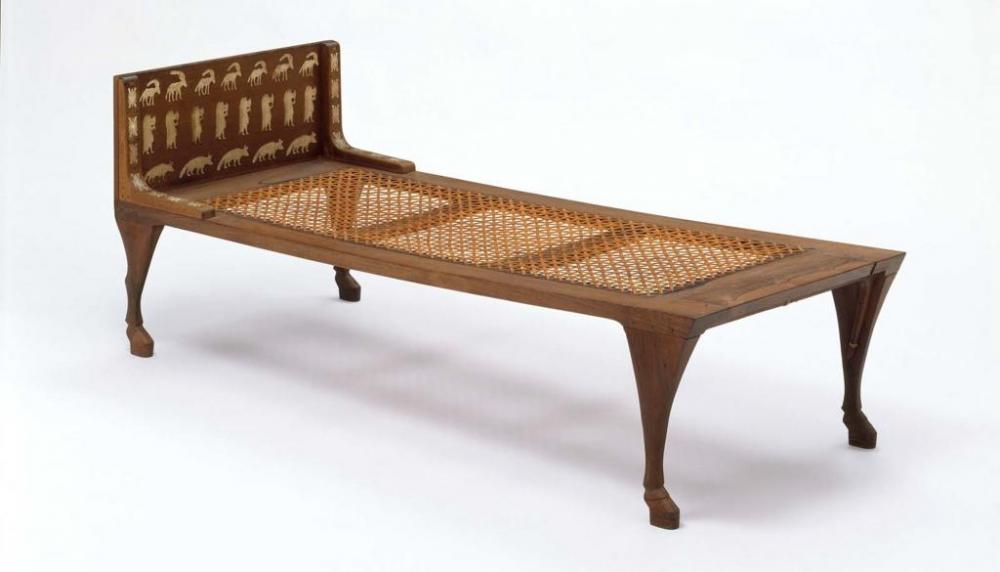
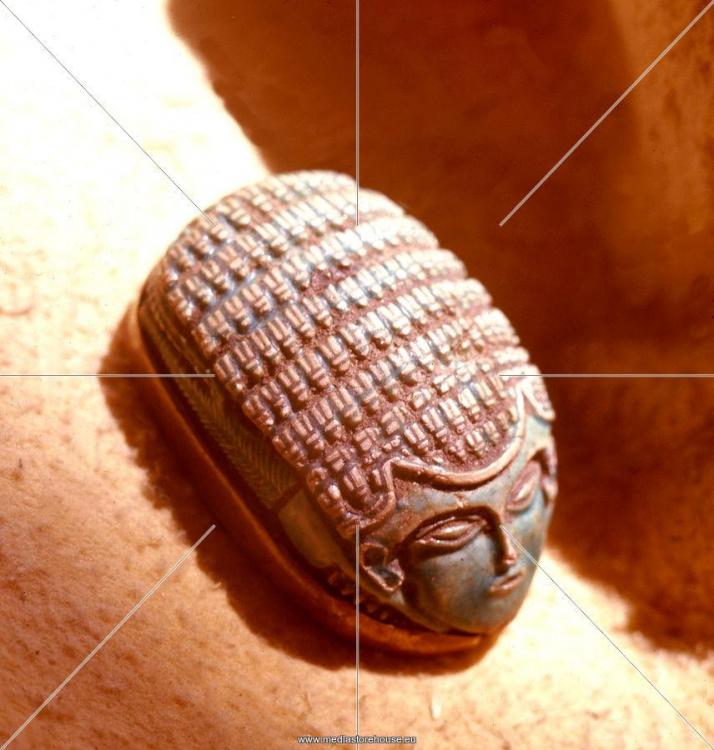

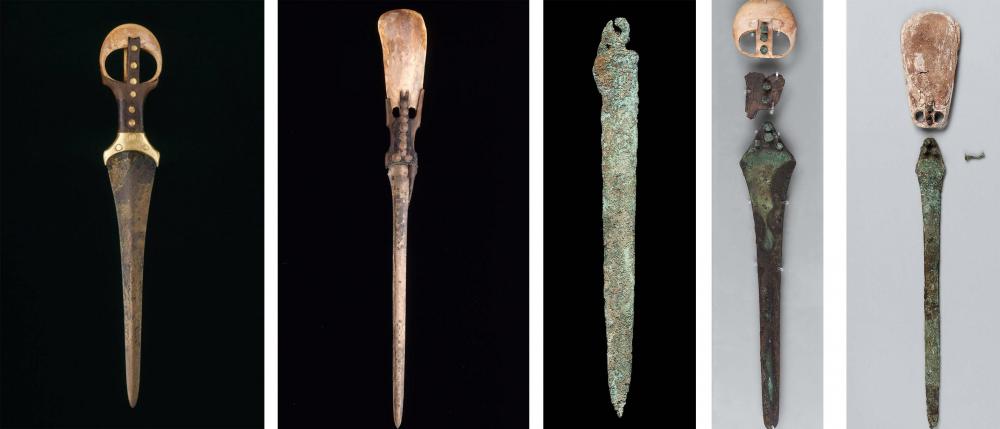
18thDyansty.thumb.jpg.215ac1894a729c4cf43c05a8251f509f.jpg)
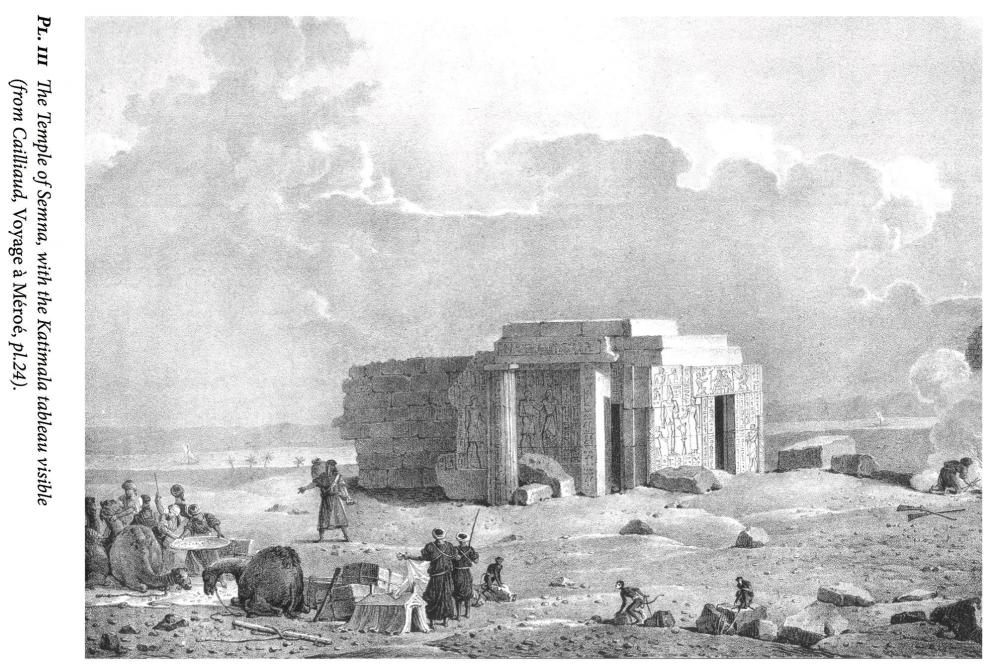
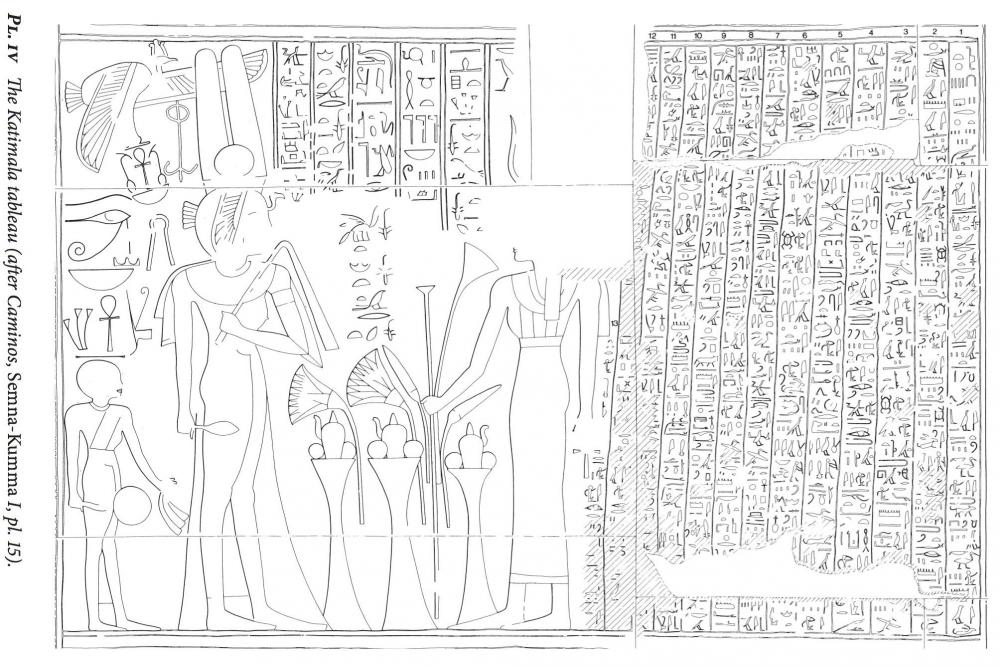
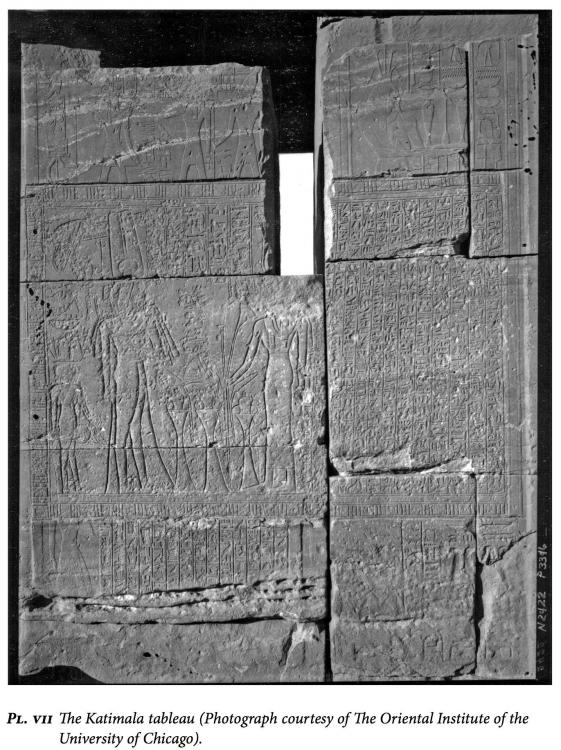
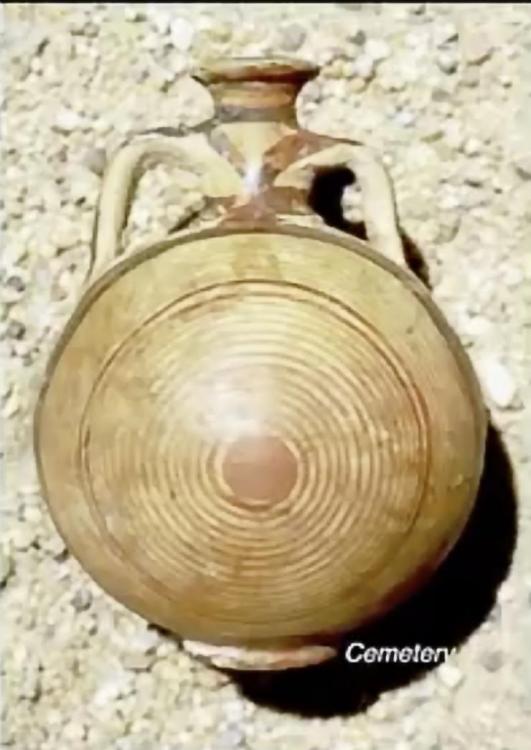
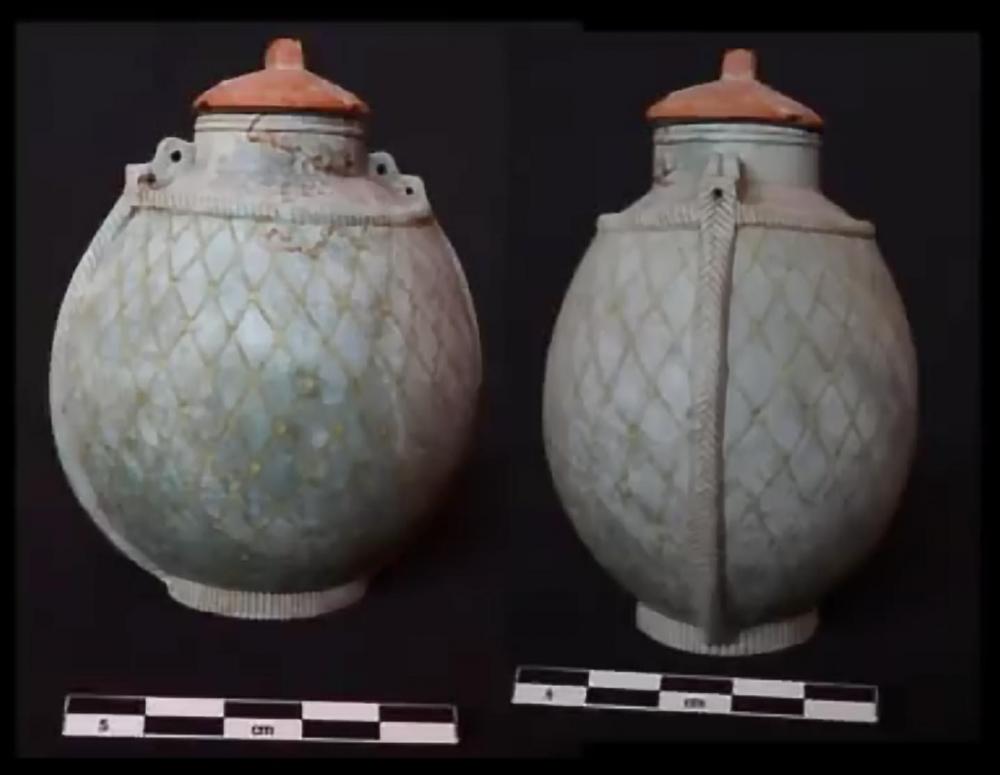
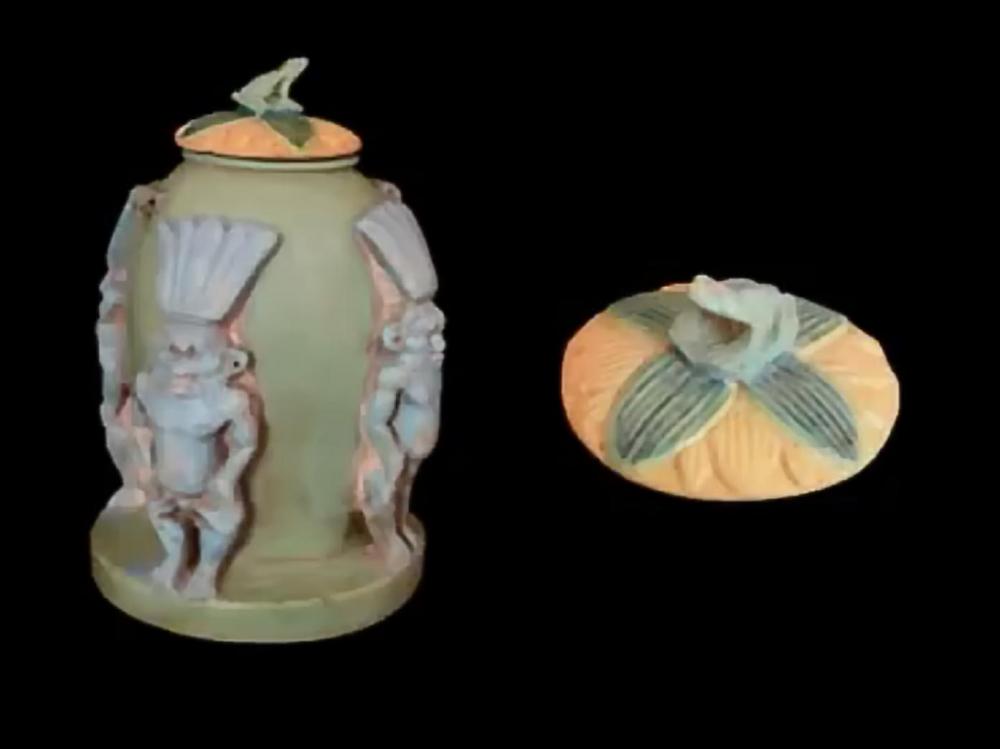
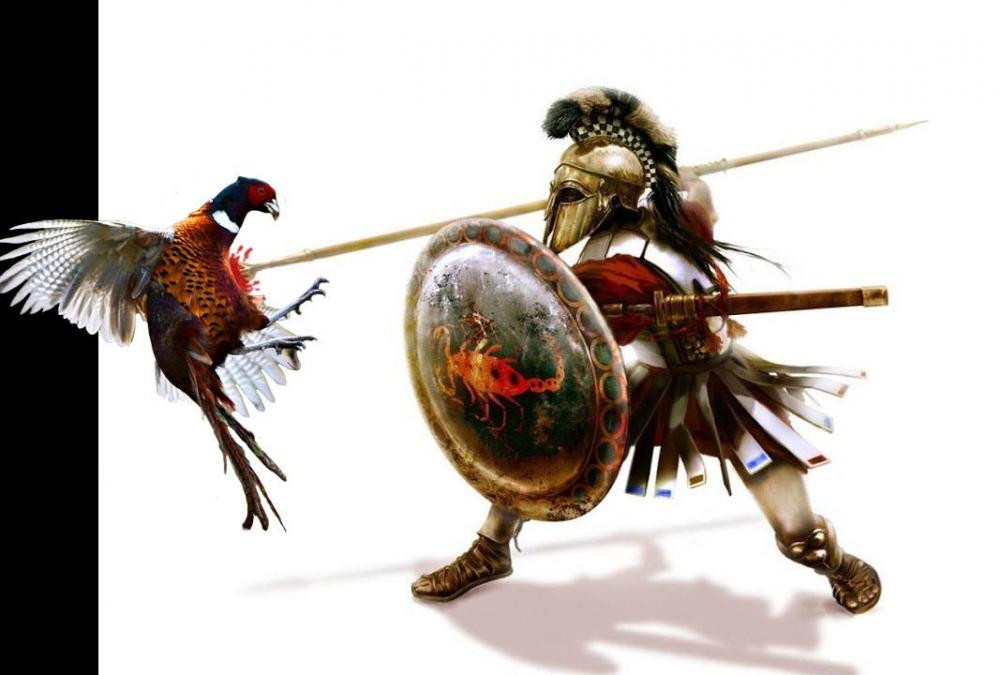
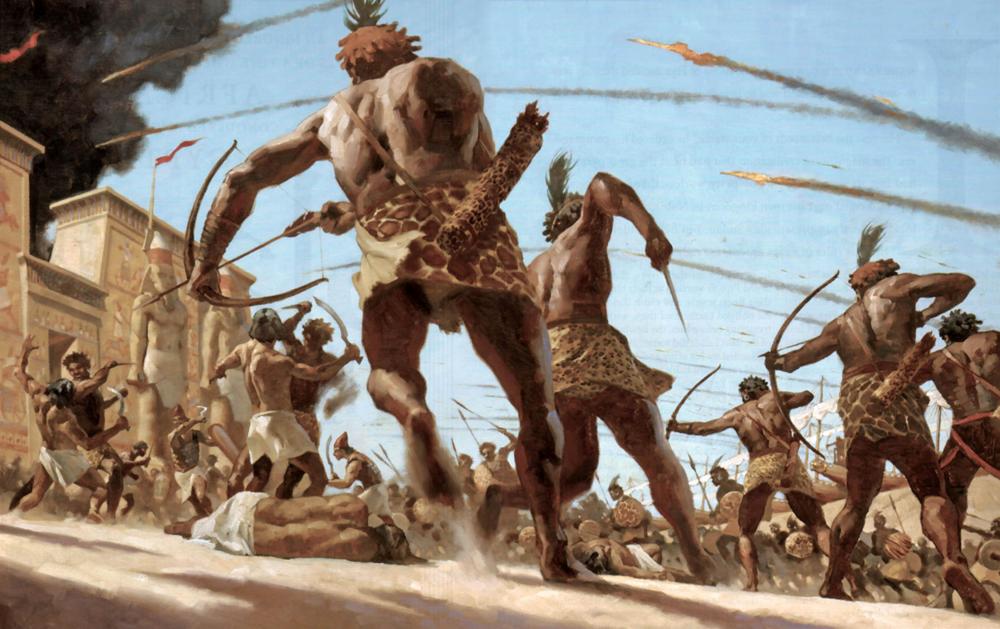
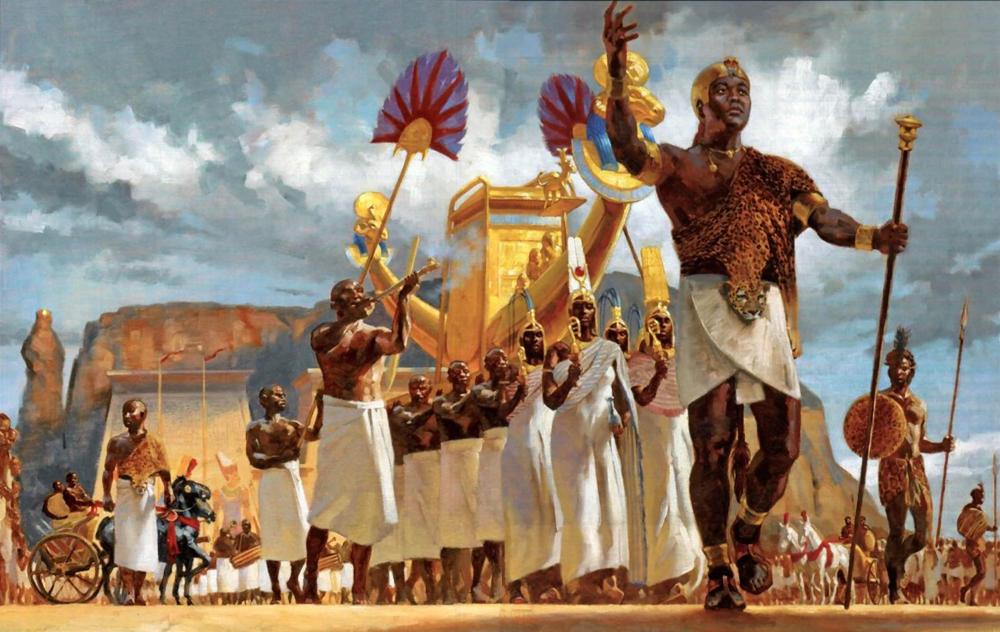
Sarmatian , Dacian and Scythian Props
in Art Development
Posted
@Wesley, looks pretty cool!
Are you aware of the mod "Terra Magna"? It features the Xiongnu, a nomadic civ who are culturally related to the Scythians. I'd invite you to check it out for some inspiration. Nomadic gameplay is not entirely finished, but it's already very developed and playable:
Here's the main development thread for the Xiongnu:
Here's the main development thread for the Scythians in Delenda Est:
And this thread is a more general Nomadic Civs thread about Xiongnu, Scythians and Huns
There's a ton of history, art references and interesting discussions in those threads, so I'd advice you to take your time and go through them.